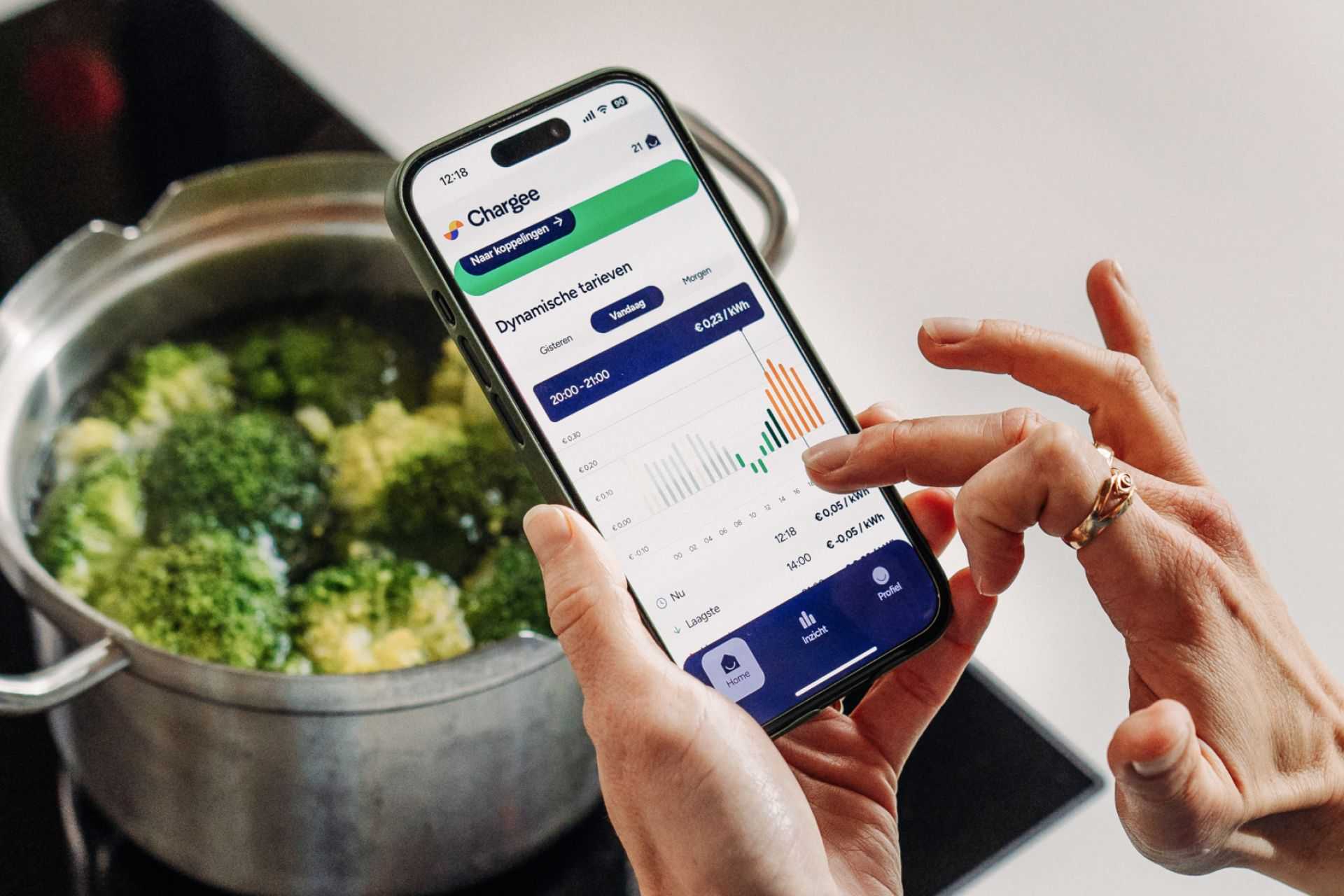Imagine getting paid to use electricity instead of paying for it. Sounds too good to be true, right? But it’s not an April Fools' joke. It's very real: negative electricity prices exist. But what exactly are negative electricity prices? And how do they work? In this blog, we’ll explain everything about negative electricity prices and how you can benefit from them.
What is a negative electricity price?
In simple terms, a negative electricity price means you get paid to use electricity. Instead of paying for the power you consume, the price you pay for electricity goes into the negative. This usually happens when there’s an excess supply of electricity and demand is low.
How does a negative electricity price work?
Electricity prices are influenced by supply and demand. When there’s a large supply of electricity and low usage, prices can drop. In some cases, they even drop below zero. This happens when more electricity is generated than consumed. For example, there might be an oversupply of solar energy on a sunny day or lots of wind energy during a strong windstorm. So, let the wind blow!
Grid operators often struggle to store or use all that extra electricity. Instead of wasting it, they reward you for using more power. This is where the negative price comes in. It helps balance the grid and prevents the excess energy from going to waste.
When do negative electricity prices occur?
Is it a particularly sunny day? Or has an orange weather warning been issued due to strong winds? Is electricity consumption low because it’s the weekend or the middle of the night? These are situations where negative electricity prices are more likely. So feel free to run an extra load of laundry or charge your electric car during a nighttime storm!
How can I benefit from negative electricity prices?
Earning money by using electricity. Sounds appealing, doesn’t it? Here’s how you do it:
- Sign up for an energy contract that allows you to benefit from negative electricity prices. These are usually contracts with dynamic prices or those with dynamic electricity prices and a fixed price for gas.
- Use smart devices that automatically turn on when electricity prices are negative. For example, your washing machine, dishwasher, or electric boiler. By setting these devices to run during times of negative electricity prices, you can save a lot of money.
Make the most of negative energy prices with Sparky
Want to take full advantage of negative electricity prices? Our Sparky P1 meter is the solution for you! Sparky helps you use energy as smartly as possible and maximize your benefits from solar power and negative energy prices. With smart technology and useful tips, you can (automatically) run your devices when electricity prices are low or even negative. This way, you not only save on energy costs but also contribute to more sustainable energy consumption.
Be prepared and use smart solutions like Sparky and the Chargee app to significantly reduce your electricity usage. So in the end, negative energy prices really aren’t too good to be true!





